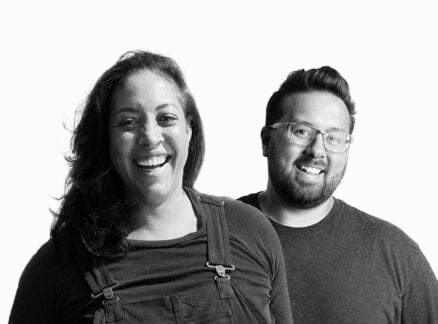April 1, 2005
You Don’t Have to Do Windows
Already being tested by architects, self-cleaning glass now finds its way into the residential market.
When Manhattan architects Marion Weiss and Michael Manfredi were designing the Museum of the Earth, which opened last year in Ithaca, New York, Pilkington persuaded them to try out its new “self-cleaning” glass. The company donated the glass, which is coated in titanium dioxide. When exposed to ultraviolet light, the chemical decomposes organic dirt. The coating is also hydrophilic—water doesn’t bead on contact; it sheets, meaning rainfall will leave the glass spot free.
At least that’s the theory. And at the Museum of the Earth it seems to be reality. During a recent photo shoot the glass was crystal clear—and according to the architects, it hadn’t been washed. “Because it stays clean, the interior is brighter than it would be otherwise. It’s hard to quantify, but you’re aware of it when you are there,” Manfredi explains, adding that he plans to use the product again.
The development of self-cleaning glass—currently marketed by Pilkington (as Activ), PPG Industries (which calls its version SunClean), and several smaller companies—could be a boon to architects striving for transparency. Dirty windows, especially in cities like New York, are the undoing of buildings that are meant to look gossamer but end up looking gloomy.
Not everyone is sold on the innovative glass. David Thurm, the New York Times executive overseeing the company’s new tower (by Renzo Piano with Fox & Fowle Architects), thought the glass “wasn’t there yet” when he looked at it last year. Anthony Head, the regulatory project planner for architectural supplier Marvin Windows and Doors, says his company has reservations about the product. He notes that the coating on the glass doesn’t always survive contact with silicone caulk, and if it is located on the north side of a building or under a large overhang—keeping it in shadow—the catalytic process is impeded. But Jeff Worden, PPG’s public relations manager, says there’s enough reflected light in most shady locations to spark “photocatalysis,” and the company has identified adhesive products that don’t harm the coating. Head also argues that introduction of the glass, which began about four years ago, was hampered by exaggerated claims. One PPG advertisement read: “Wash the windows? Yeah, right after I iron my socks.”
Replacement window companies have now begun advertising the product for residential use. “It’s going to be a big thing for us,” John Cappello, of Brooklyn’s EJC Window Parts and Service, predicts. He says the PPG glass he uses sells for 10 percent more than standard window glass. Cappello has installed the glass on his own house, and so far he is pleased with its ability to shed dirt. “If a bird shits on your window,” he says, with the directness associated with his native borough, “it’s not going to work.” But ordinary grime washes away. In desert locations, an occasional rinsing is required.
“We see this as a lifestyle choice,” PPG’s Worden says. “For a second-floor window, you won’t need a ladder and a bucket—you can spritz it with a hose and voilà, it’s clean.”
Recent Programs
Programs
Who are Ella and Faraz?





